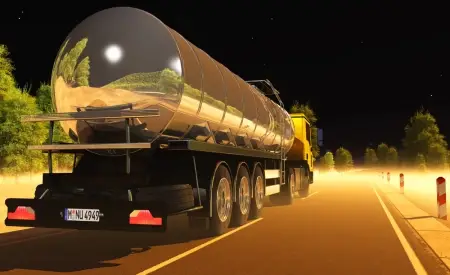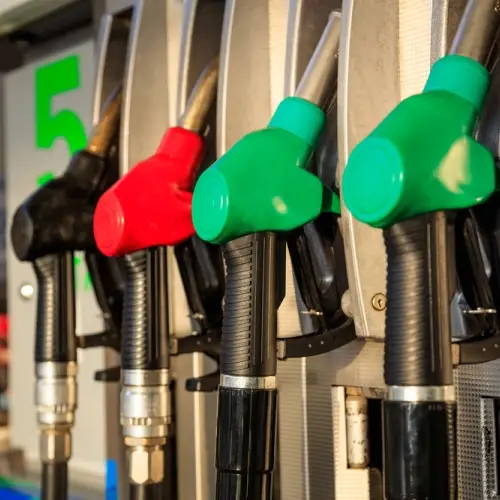
The compression ignition engine is a combustion engine that operates following the diesel cycle. This classification refers to the way in which the fuel is ignited inside the piston.
In the compression engine, air is initially the only thing entering the combustion chamber. Diesel is injected more or less near the top dead center. The fuel is dense but in a liquid state. The dense fuel must vaporize, mix with air, and reach the appropriate pressure and temperature conditions to ignite.
The time taken for this process is the auto-ignition delay, which limits the speed at which the engine can rotate and, therefore, its maximum power. The load varies by modifying the quantity of diesel injected. The maximum quantity that the engine can accept under certain conditions is always injected.
The high combustion temperature in the areas where the mixture is richer causes oxygen and nitrogen in the air to combine, resulting in high NOx emissions. Soot and unburned hydrocarbons are also formed in these areas and constitute another source of polluting emissions.
How a compression ignition engine works
The compression ignition engine starts when an intake valve allows air into the cylinder. The piston or plunger then compresses the air, and when it reaches its maximum compression, fuel is introduced through an injector or atomizer.
Due to the increase in pressure and temperature inside the cylinder, the fuel ignites spontaneously, generating combustion. This process releases a large amount of energy, pushing the piston and producing mechanical work. Once combustion is complete, the piston begins to expel gases through the exhaust valve.
Finally, the cylinder expands again to create space, allowing fresh air to enter to restart the cycle.
Difference with a spark ignition engine
The operation of the compression ignition engine or diesel engine is very similar to a four-stroke gasoline engine.
In the case of the gasoline engine or Otto engine, ignition is achieved by a spark caused by a spark plug. For this reason, it is also called a spark ignition engine.
The most relevant feature of the diesel cycle is that when the fuel is burned, the expansion of the gases is at constant pressure. This is achieved by adding more fuel while the combustion is taking place. When the piston is pushed by the expansion of the gases, fuel continues to be injected until half of the stroke.
Fuels used
Compression ignition engines can use various types of fuel, which must meet the fundamental characteristic of spontaneously igniting under high pressures.
 Among the most common fuels are:
Among the most common fuels are:
- Diesel or gas oil: Diesel is the most commonly used fuel in these engines. It is a petroleum-derived fuel, composed of heavy hydrocarbons. Its main advantage is that it has a high energy density and greater thermal efficiency compared to gasoline. In addition, it is relatively inexpensive and is produced in large quantities, making it a very popular option.
- Treated oils (Biodiesel): Biodiesel is a renewable fuel produced from vegetable oils or animal fats through a transesterification process. Being more environmentally friendly than conventional diesel, as it produces fewer carbon dioxide emissions, biodiesel is increasingly being used as an alternative to traditional diesel. Its use in compression ignition engines has increased in recent years due to its low environmental impact.
- Coal dust: Although less common in current applications, coal dust was historically used in compression ignition engines. This solid fuel requires a special pulverizing process to be used effectively in engines. Although its use has declined due to the increased availability of more efficient and less polluting liquid fuels, it is still used in some heavy industries and thermal power plants.
General characteristics of the fuels used
Fuels used in compression ignition engines must be able to ignite spontaneously when subjected to high pressures, which is the basis for the operation of this type of engine. The air-fuel mixture must be able to withstand the high temperatures generated by compression, allowing combustion to begin without the need for an external spark, as occurs in spark-ignition engines.
In addition to the ability to ignite spontaneously, the fuels used must be stable at the high pressures and temperatures generated during the compression and combustion cycle. This ensures efficient and safe engine operation, maximizing performance and minimizing system wear.